Blog 01/09/2021 - Cape Gloucester – “The Green Hell”
MHT Blog January 9, 2021 - Cape Gloucester – “The Green Hell”
“Lieutenant Colonel “Lou” Walt, USMC pushes 3rd Bn, 5th Marines Up Aogiri Ridge”
Back at Cape Gloucester, the Marines had captured the airfield but now pushed south form the Yellow Beachhead. Once the Marines breached the Imperial Japanese Army (IJA) defenses at Suicide Creek, they probed for the Aogiri Ridge IJA positions, which for a time seemed to be simply another name for Hill 150, a terrain feature that did appear on American maps.
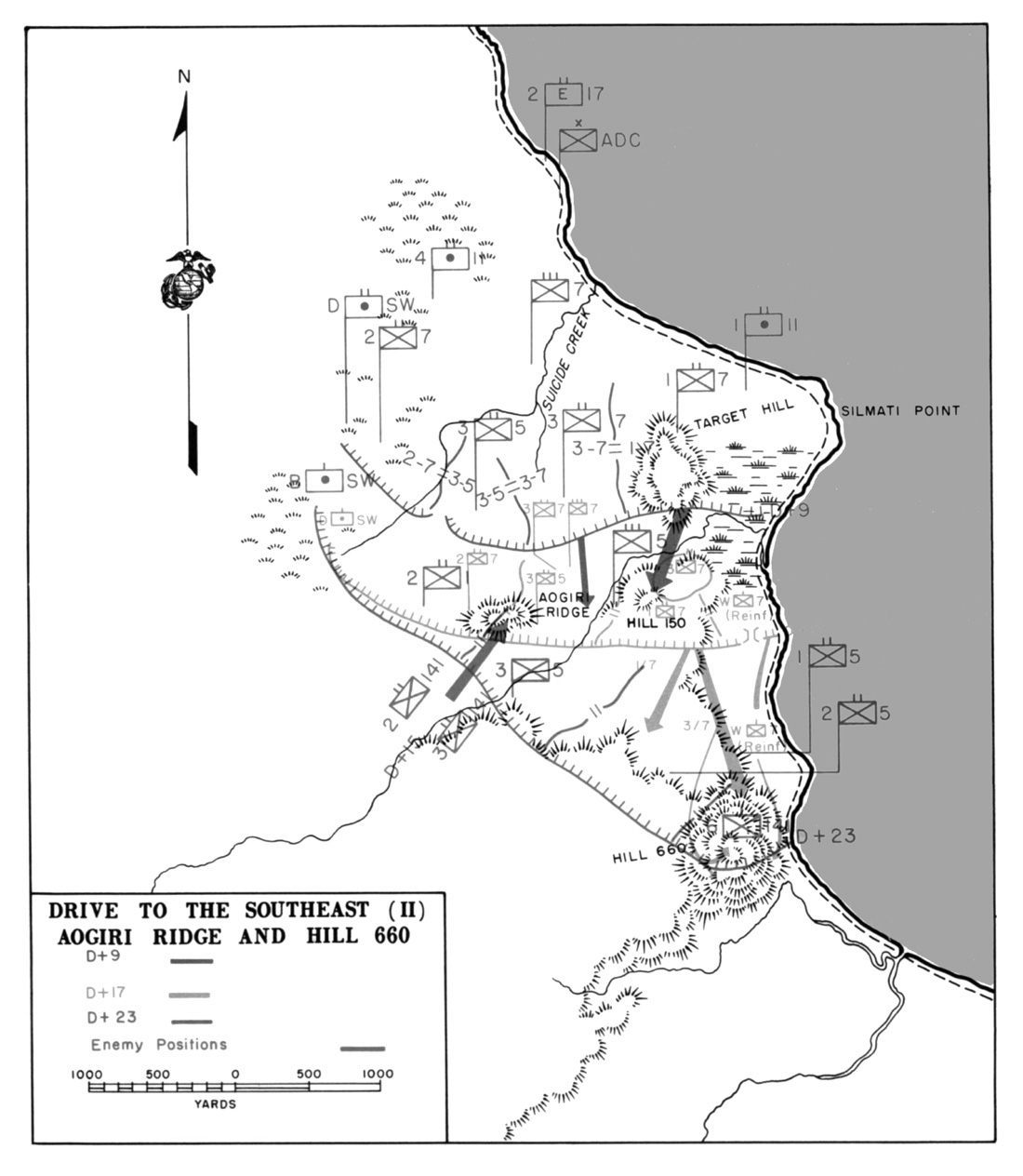
They knew Aogiri Ridge had been designated on a captured IJA map but with the jungle canopy the Marines could not see it form Target Hill. They advanced rapidly overrunning Hill 150, but IJA resistance in the vicinity did not diminish. On 7 January, enemy fire wounded LtCol MacDougal, Commanding Officer of 3rd Bn, 5th Marines (3/5) and his XO, Maj Skoczylas, took over until he, too, was WIA. LtCol "Chesty" Puller, temporarily in command of the 3/7, assumed command for both battalions until the next morning when LtCol Lewis Walt, arrived to take over 3/5.
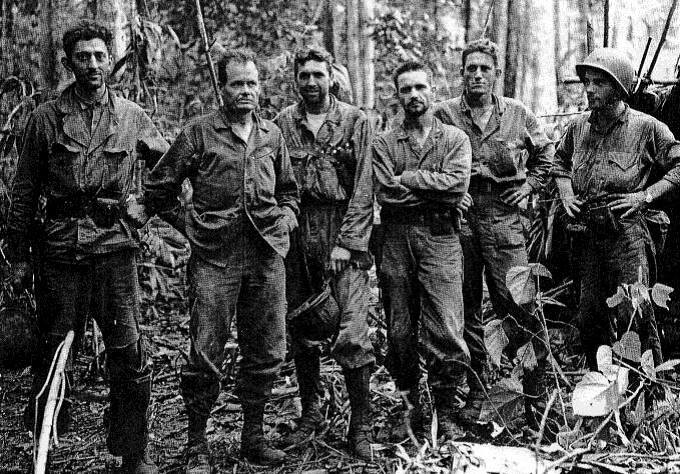
Upon assuming command, Walt continued the previous day's attack. The Marines had found Aogiri Ridge, as savage fire greeted them as his Marines braved savage fire as the thick jungle began to rise up an ever-steepening slope. As night approached, the battalion formed a perimeter and dug in. Walt wanted the shock action and firepower of tanks, but the relentless rain, mud, and rampaging streams stopped the armored vehicles in their tracks. The heaviest weapon that the Marines managed to bring forward was a single 37mm anti-tank gun, manhandled into position today. While the 11th Marines howitzers hammered the crest of Aogiri Ridge, the 1st and 3d Bns, 7th Marines, pincered the flanks as Walt's 3/5 pushed up the middle, seizing a narrow segment of the slope, its apex just short of the crest.

By dusk, Walt's Marines had "reached the limit of their physical endurance...It was a question of whether or not they could hold their hard-earned gains." The crew of the 37mm gun opened fire in support of the afternoon's final attack, but after just three rounds, four of the nine men handling the weapon were KIA or WIA. Walt called for volunteers; when no one responded, he and his runner crawled to the gun and began pushing the weapon up the ridge. Twice more the gun barked, cutting a swath through the jungle, and a third round of canister destroyed a machine gun bunker. Other Marines took over from Walt and the improvised crew kept firing canister rounds every few yards until they had wrestled the weapon uphill to the crest. There the Marines dug in, as close as ten yards to the bunkers the Japanese had built on the crest and reverse slope.
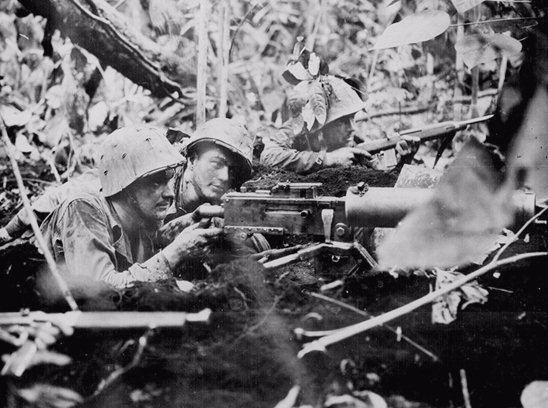
Just after midnight, the Japanese came in a Banzai Charge through a curtain of rain, screaming and firing as they came. The Marines clinging to Aogiri Ridge decimated this attack and three others that followed, firing off almost all their ammunition. A carrying party scaled the muddy slope with belts and clips for the machine guns and rifles, but there barely was time to distribute the ammunition before the Japanese launched the fifth attack.
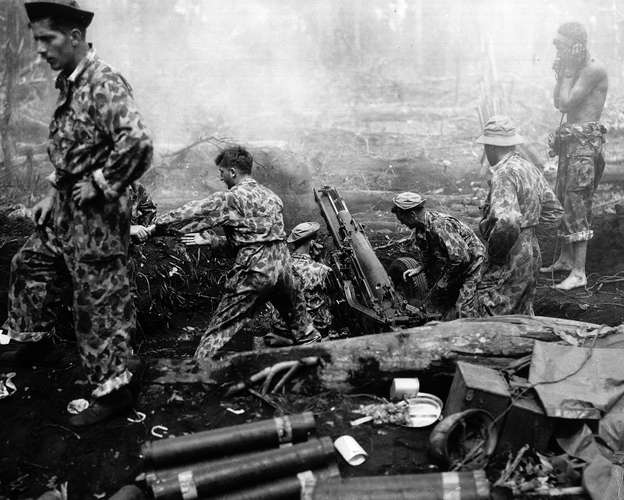
11th Marines artillery tore into the enemy, as forward observers, their vision obstructed by rain and jungle, adjusted fire by sound more than by sight, moving 105mm concentrations to within yards of the Marine infantrymen. An IJA officer emerged from the darkness and ran almost to Walt's foxhole before fragments from a shell bursting in the trees overhead cut him down. This proved to be the high-water mark of the counterattack against Aogiri Ridge, for the Japanese tide receded as the daylight grew brighter.
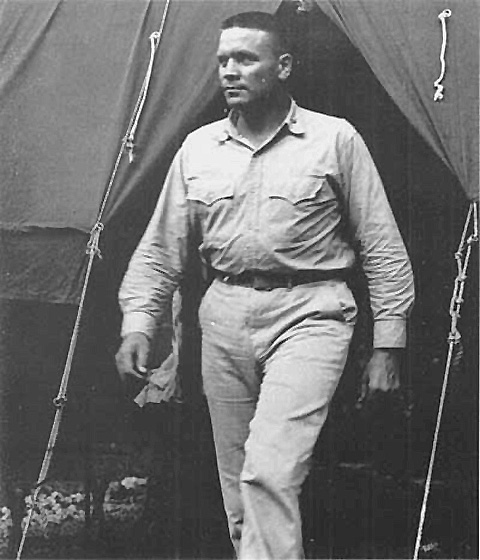
When the Marines moved forward, there were no living Japanese on the terrain feature they renamed Walt's Ridge in honor of their CO, who received the Navy Cross for his inspirational leadership. Walt would fight in both Korea and Vietnam and would be the Marine Corps first 4-star Assistant Commandant.
